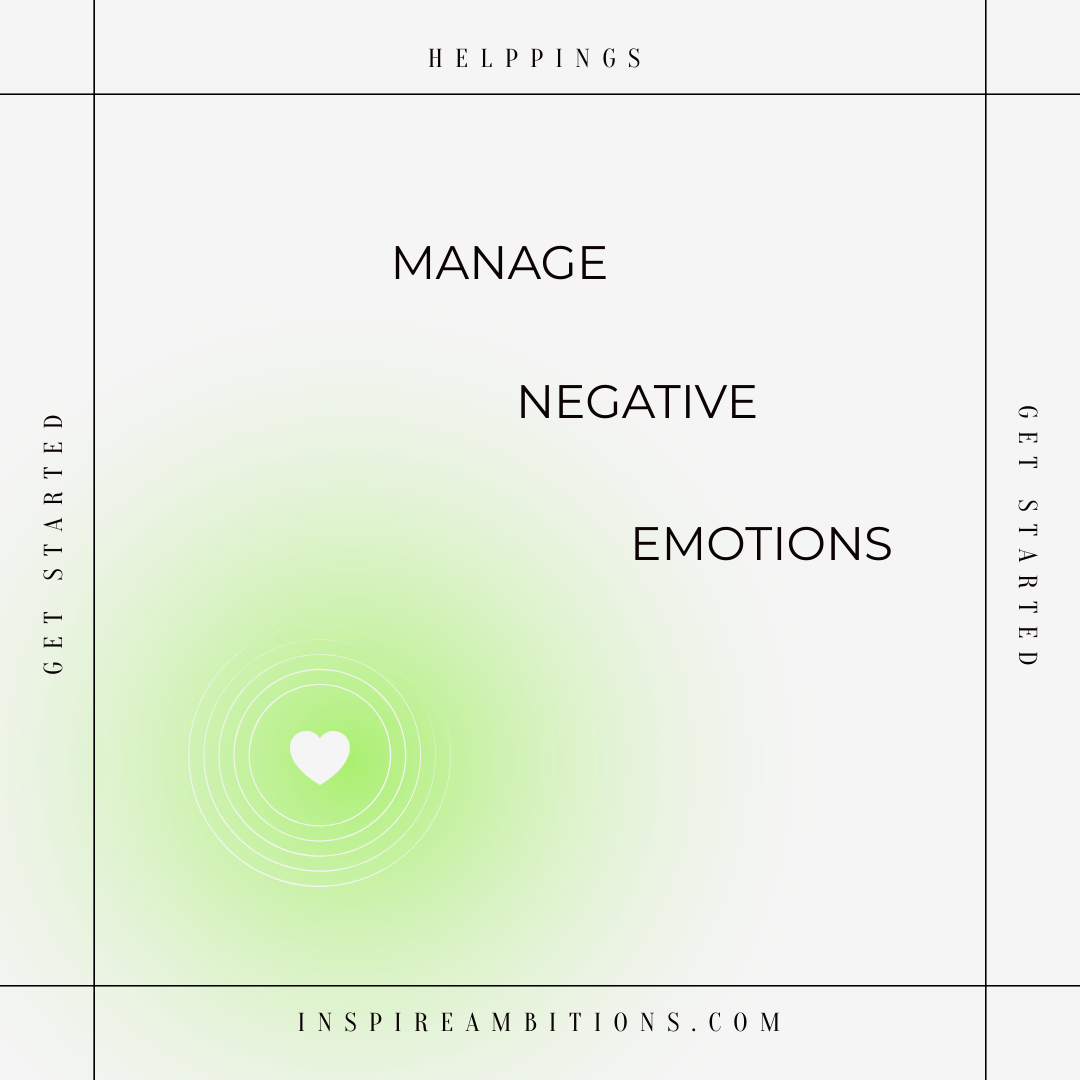How to Manage Emotions at Work – Tips for a Positive Environment
To thrive professionally, learning how to manage emotions at work is essential. Whether it’s maintaining your cool during high-pressure situations or managing frustrations with colleagues, mastering emotional intelligence can significantly boost your career.
Start by recognizing the various emotions you face daily. From feeling satisfied and enthusiastic to encountering stress or anger, pinpointing these emotions is the first step to managing them effectively. For practical steps, consider activities such as breathing exercises, which can be incredibly helpful for controlling intense emotions.
To give you an idea, think about the technique where you breathe in for four seconds, hold it, and then exhale, providing a moment of calm and focus.
If emotions are interfering with your productivity, reaching out for professional help might be a good step. Speaking to a mental health professional allows you to address underlying issues that might be affecting your emotional balance in the workplace.
For more in-depth strategies and insights on managing emotions at work, you can explore resources like Verywell Mind’s guide on handling emotions at work.
How to Manage Emotions at Work?
let’s explore:
Understanding Emotions in the Workplace
Emotions play a critical role in shaping workplace dynamics and productivity. Awareness of emotional intelligence, recognizing different emotions, and understanding their impact on job performance is essential for fostering a positive work environment.
The Role of Emotional Intelligence
Emotional intelligence (EI) is the capability to recognize, understand, and manage your own emotions and those of others. In the workplace, EI contributes to better teamwork, communication, and conflict resolution. Developing EI involves self-awareness, self-regulation, motivation, empathy, and social skills.
- Self-awareness allows you to understand your emotions.
- Self-regulation helps manage negative emotions like anger or frustration.
- Empatia facilitates better relationships with colleagues.
Developing these skills can lead to improved trabalho satisfaction and mental health, reducing workplace stress and enhancing productivity.
Identifying Different Emotions
At work, recognizing various emotions is crucial for appropriate responses and actions. Common workplace emotions include:
- Anger: Often arises from unmet expectations or perceived injustices.
- Fear: This may be due to job insecurity or fear of failure.
- Shame: This can occur after making mistakes or receiving criticism.
Positive emotions like joy and satisfaction can boost morale and productivity. Understanding these emotions helps in creating a supportive work environment where employees feel valued and understood.
Impact of Emotions on Job Performance
Emotions significantly impact job performance. Positive emotions can enhance creativity and efficiency, while negative emotions may hinder productivity. For example:
- Anger: This can lead to conflicts and poor decision-making.
- Fear: Often results in decreased innovation and risk-taking.
- Shame: This may cause withdrawal and lower self-esteem.
By promoting emotional well-being, employers can foster a more engaged and motivated workforce. Implementing practices like open communication and emotional support can mitigate the adverse effects of negative emotions and enhance overall team performance.
You can learn more about handling emotions at work from resources such as Quantum Workplace, Workleap, e Verywell Mind.
How to Manage Emotions at Work?
Balancing emotions at work is critical for a productive and harmonious workplace. To achieve this, you can implement strategies that foster psychological safety, improve communication, and enhance emotional resilience.
Practical Strategies for Managing Emotions
lets explore:
Cultivating Psychological Safety at Work
Creating a culture of psychological safety allows employees to express themselves without fear of retaliation. Encourage open dialogue and mutual respect. Leaders play a crucial role by showing empathy and understanding.
Step-by-step guide:
- Encourage Sharing: Regularly prompt employees to share their thoughts and feelings.
- Offer Support: Provide resources like counselling services.
- Lead by Example: Demonstrate vulnerability by sharing your own experiences.
Psychological safety increases trust and collaboration, reducing stress and conflict.
Comunicação Eficaz e Feedback
Clear and constructive communication helps manage emotions. It ensures misunderstandings are minimized, and feedback is given positively. Here are some methods:
Techniques:
- Escuta activa: Focus entirely on the speaker and acknowledge their message.
- Feedback construtivo: Use the “sandwich” approach – praise, suggestions, praise.
- Non-verbal Cues: Pay attention to body language and ensure it aligns with your words.
Effective communication fosters a supportive environment where emotions are managed more naturally.
Building Emotional Resilience
Emotional resilience is the ability to adapt to challenging situations. It’s crucial for maintaining emotional health at work. Follow these practices:
Strategies:
- Mindfulness Techniques: Practice meditation or deep-breathing exercises.
- Healthy Lifestyle: Regular exercise, balanced diet, and sufficient sleep.
- Set Boundaries: Clearly define work and personal life boundaries to avoid burnout.
By building resilience, you enhance your capacity to handle workplace stress and emotional challenges.
For more detailed strategies on emotional management, visit Quantum Workplace ou MindTools.







